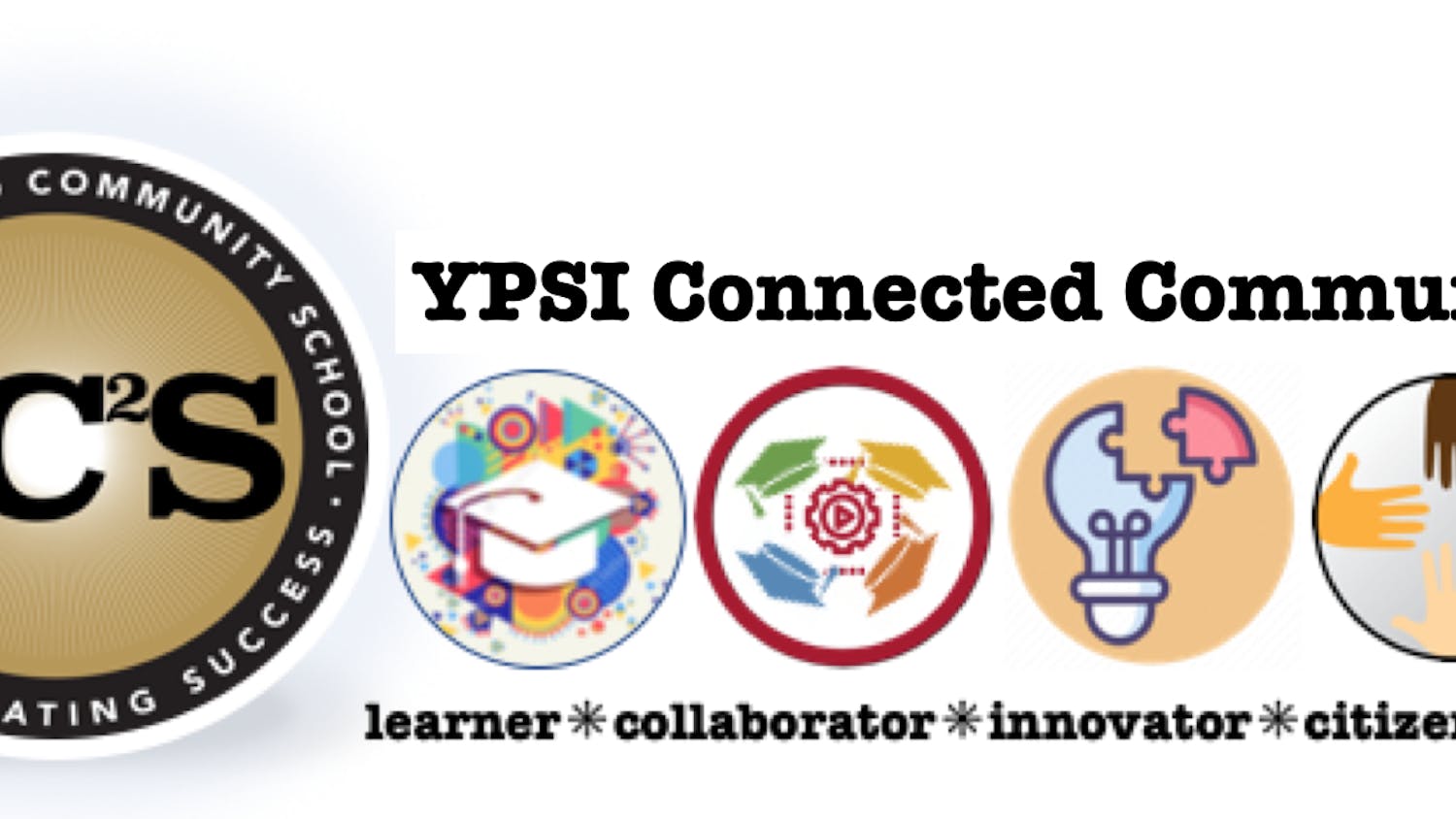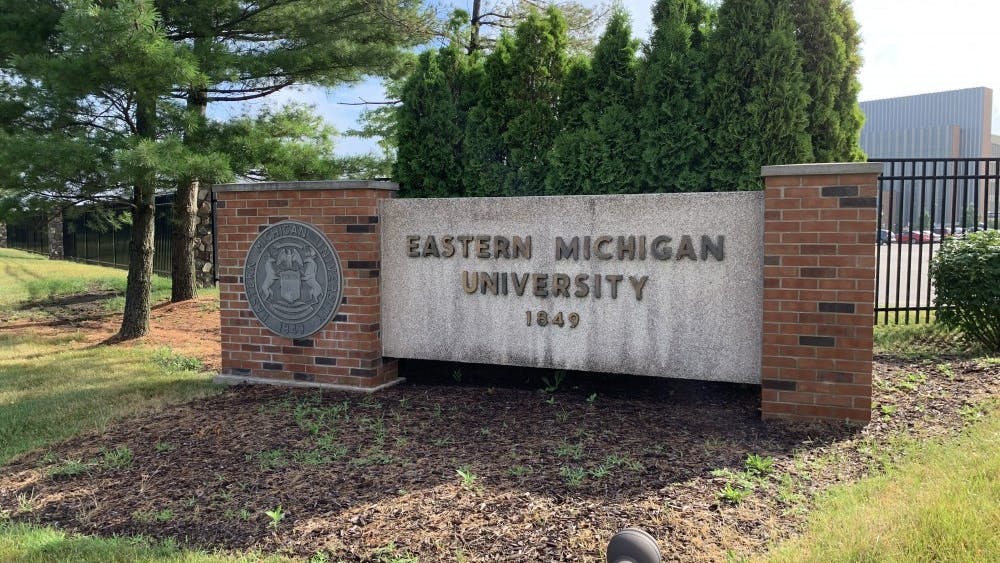Eastern Michigan University’s Fashion Marketing and Innovation associate professor and interim director of School of Technology and Professional Services Management, Dr. Julie Becker, involved her students in a new project that provided knowledge on mass production methods and operating industrial fabric cutters.
Dr. Becker’s latest endeavor had her students cutting up fabric squares that were then donated to The Preemie Pals Project. Under the Preemie Pals Project, these fabric squares were then turned into quilts that are then donated to places such as Mott Children’s Hospital and the Ronald McDonald House.
At the hospital, the quilts are used in the neonatal intensive care unit, where the blankets are placed over the incubators. Later, families can take the blankets home. At other donations like the Ronald McDonald House, Becker supports that the quilts help bring a semblance of home.
Initially, Becker heard of the project from her husband who happened to meet the person running the Preemie Pals Project at a Kiwanis Club meeting. For Dr. Becker, who is always looking for the chance to have her students learn skills through real-life projects, hearing of this inspired her to get her students in her computer-aided design (CAD) classes involved.
Despite the pandemic, Dr. Becker and her students had no problems in doing the project as they were one of the few courses that were able to be done in person. Not only that, Becker believes that textiles themselves are beginning to make a comeback, especially considering how many learned or relearned how to sew when it came to making homemade masks.
“If anything the pandemic has also helped with revitalizing an old skill. Sewing is a dying art but hopefully, with this project, it gaps the generations,” Becker said.
Dr. Becker had students put the geometry in the CAD system and this would be put into the nest or marker, and the fabric would be laid on the fabric cutter and the students learned how to program the machine. Students then learned the geometry, how to use the CAD software, how to be efficient in the markers, and how to use the cutter for mass production. Using the high-speed industrial fabric cutters that reside in Roosevelt Hall, students were able to cut 600 square pieces.
Dr. Becker hopes that others would see the potential of how important and integral the textile industry is to society outside of fashion, which goes from handbags to even the interiors of airplanes. In relation, she also hopes that student’s not only learned skills in efficiency, geometry, and mass production but that they also learned about the many career opportunities available with the skills they learn in the Fashion Marketing and Innovation program.
“Having this knowledge of cutting and sewing and textiles and the fibers is huge. I don't think people even realized what’s involved and what makes or breaks a product just based on the fabric that’s used and that’s where we come in,” Becker said.
Jessie Klimana, a current junior at EMU, has been a teacher’s assistant to Dr. Becker since Fall 2019 starting with Dr. Becker’s sewing class first. Klimana originally became interested in the Fashion Marketing and Innovation program when she took Dr. Becker’s sewing class, where she found really helped her skill sets. As a teacher’s assistant, she greatly helped students in the Preemie Pals Project, which she herself greatly looked forward to.
“When I heard about the Preemie Pals Project, I really wanted to be helpful," Klimana said. “I love children, especially babies. Anything to help babies and their survival. I think it is a wonderful cause...It was also a great opportunity to show the class how to run the industrial fabric cutter!”
As a teacher’s assistant, some of the ways in which Klimana guided students doing the project by helping to set up the industrial fabric cutter, spreading the fabric, and ensuring that the pattern layout of the fabric suited the width and length of the bolt of fabric (to prevent pieces being incomplete or unusable). Klimana hopes that in what she learned from doing this project as a teacher’s assistant, she will be able to apply those skills to some personal projects before leaving EMU and also plans to put the experience on her resume.
The project is continuing into the summer. More information about the Fashion Marketing and Innovation program can be found on the program’s website.











